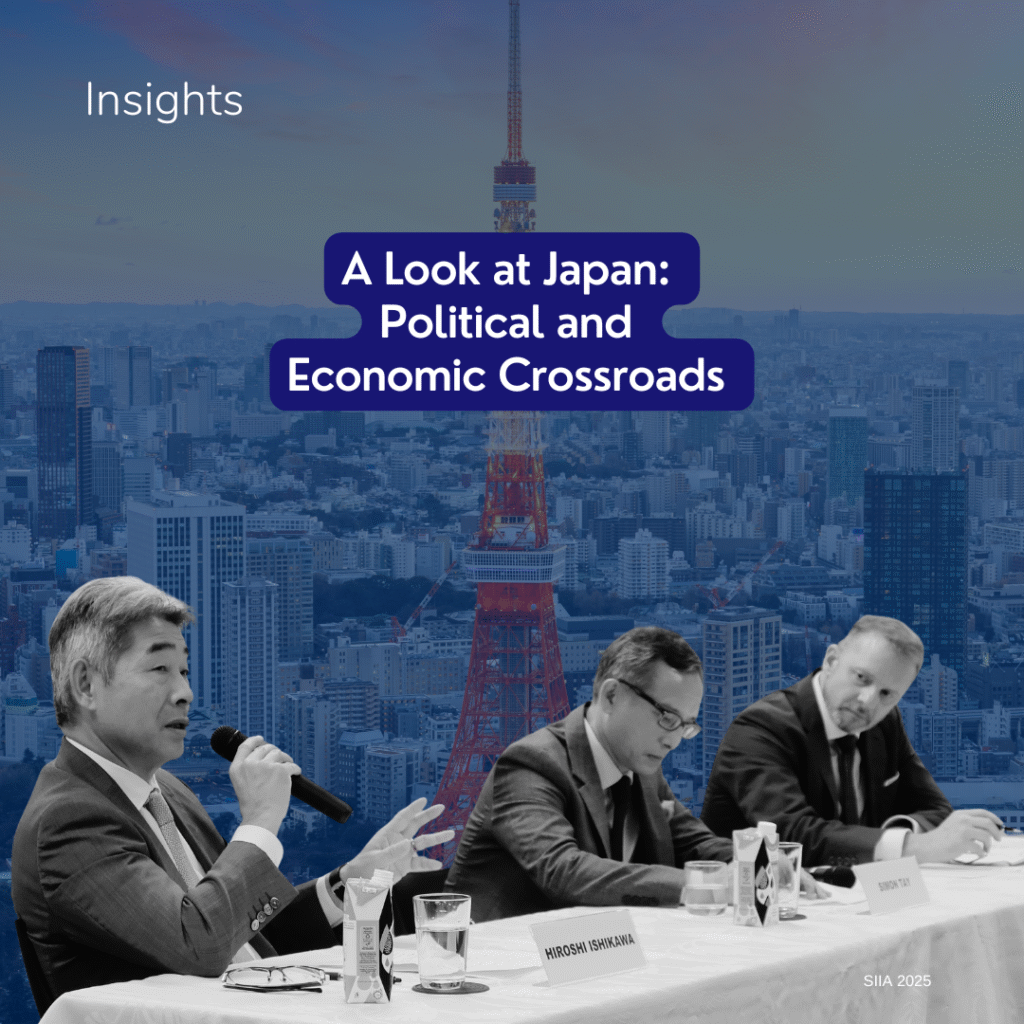Beyond public health, the COVID-19 pandemic has also had wide-ranging political impacts for US-China relations. Despite hope for global cooperation amid a global pandemic and economic crisis, antagonism between the world’s two largest powers is on the rise. We held an online seminar on 6 May 2020 with Dr. Evan Feigenbaum, Vice President for Studies at the Carnegie Endowment for International Peace to discuss the state of US-China relations, and how it could develop amid this pandemic.
The session was moderated by Associate Professor Simon Tay, Chairman of the Singapore Institute of International Affairs. A recording of the session is available as a premium resource for our corporate partners, and a summary of the points discussed can be found below.

Tensions are a Feature, Not a Bug
The US and China had always harboured divergent and sometimes clashing concepts of security since relations warmed in the 1970s. Tensions were a feature, not a bug, that had previously been mitigated by economic cooperation. Indeed, the US and China had found ways to coordinate policies despite ongoing disagreements. One example was the launch of the Global Fund to Fight AIDS, Tuberculosis and Malaria in 2003, despite tensions surrounding a 2001 collision between a US EP-3E signals intelligence aircraft and a Chinese military jet.
A Relationship in Freefall
However, security competition has started bleeding into economic considerations. A significant part of this has to do with the fungible utility of modern technology. US policymakers are concerned that China could use its technological advancements in both civilian and military settings, presenting a potential danger for the USA. Hence, there are ongoing legislative efforts to stymy the supply chains of Chinese tech giants such as Huawei, with implications for the policies of future administrations.
There has also being a souring of US opinion towards China. Even the traditional parties that supported bilateral ties (Washington officials, multinational corporations and financial services) are voicing complaints about China, and others have grown louder amid the COVID-19 pandemic. As a result, and despite initial hope that the phase one trade deal in January 2020 would provide a “floor” to stabilise relations, the US-China relationship was described as being in freefall.
Towards a New Regional Paradigm
Leaders from both the US and China have been unable or unwilling to extend an olive branch, especially due to the upcoming election for the former. With no guarantee that a change of US administration would improve ties, there is a need for third parties to intervene, mediate and prevent a destructive race to the bottom.
The resultant political landscape, however, is unlikely to be revert to a binary power structure with either the US or China on top. While both will still be significant economic partners for regional economies, a fragmented landscape with ad hoc frameworks of cooperation is likely to result. It remains to be seen who will have sufficient function to set standards in the region, but there is an opportunity for ASEAN take a more proactive leadership role.




